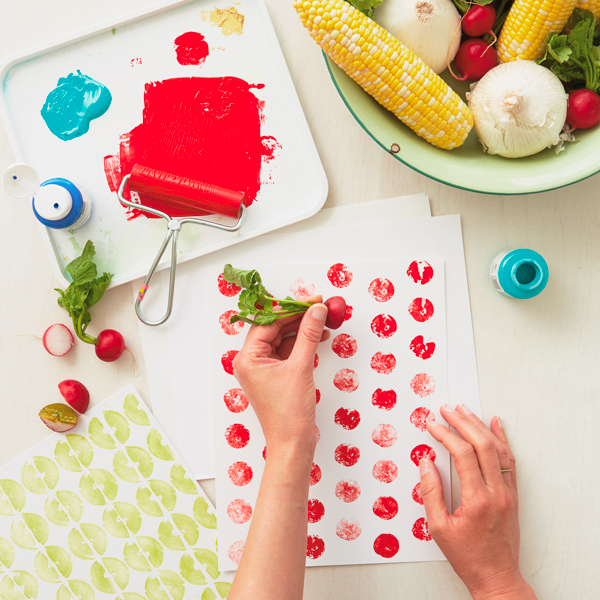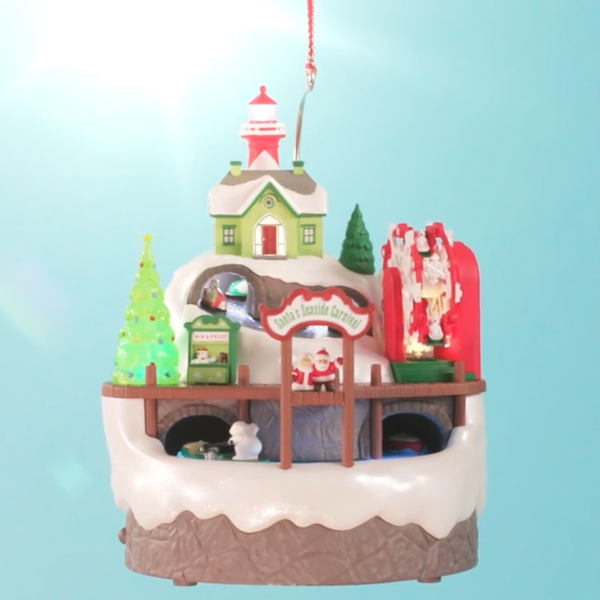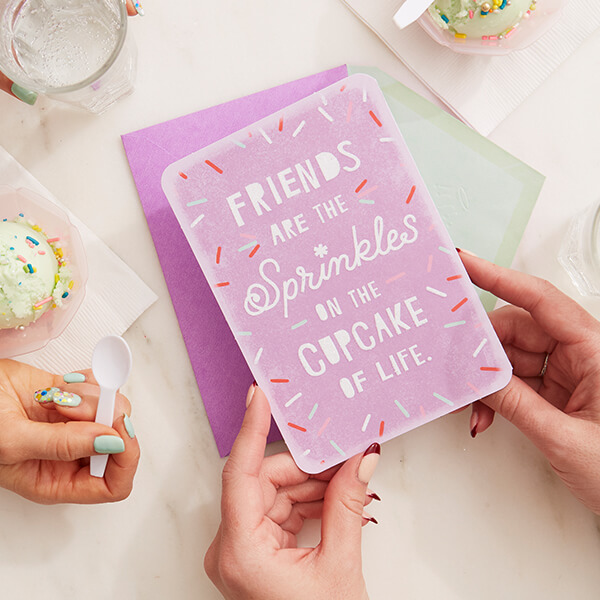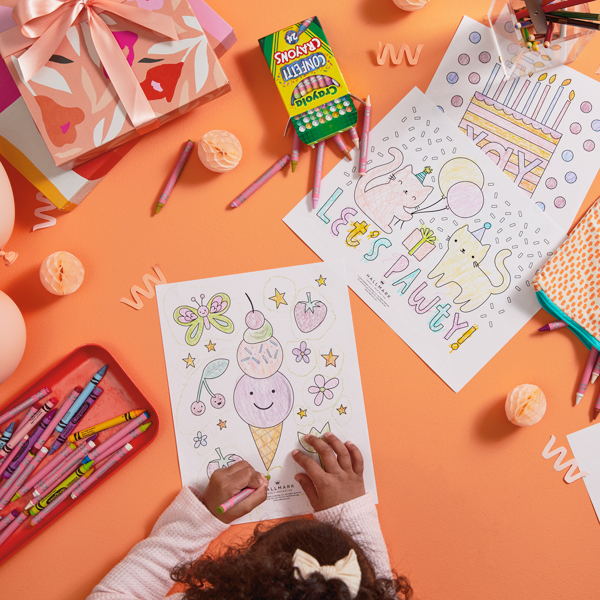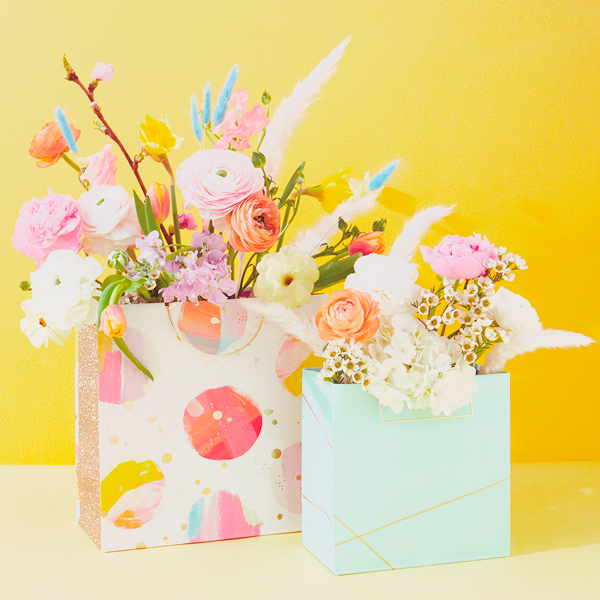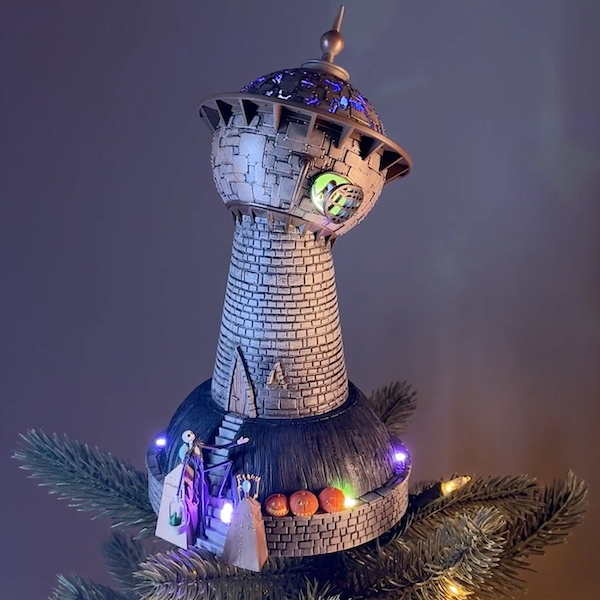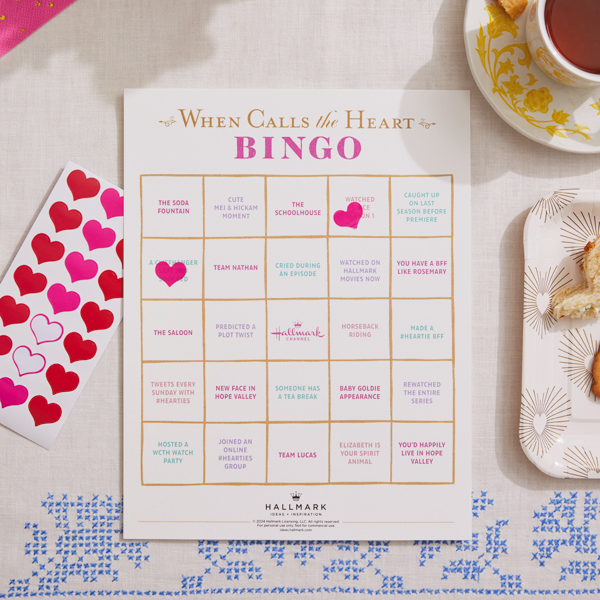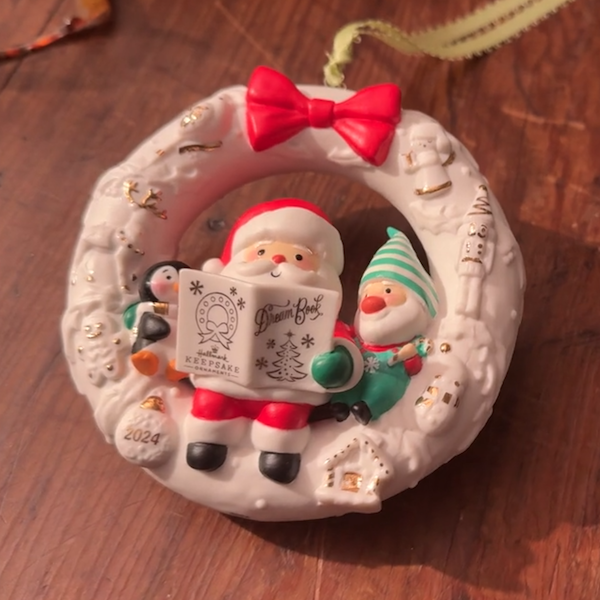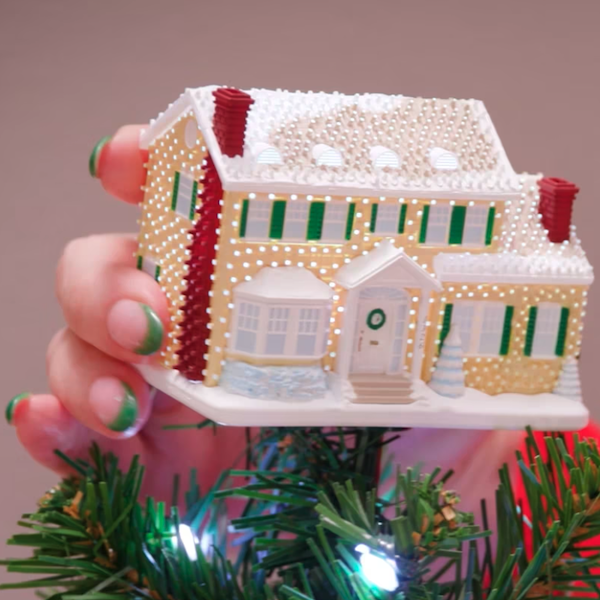Learn about Christmas traditions and customs
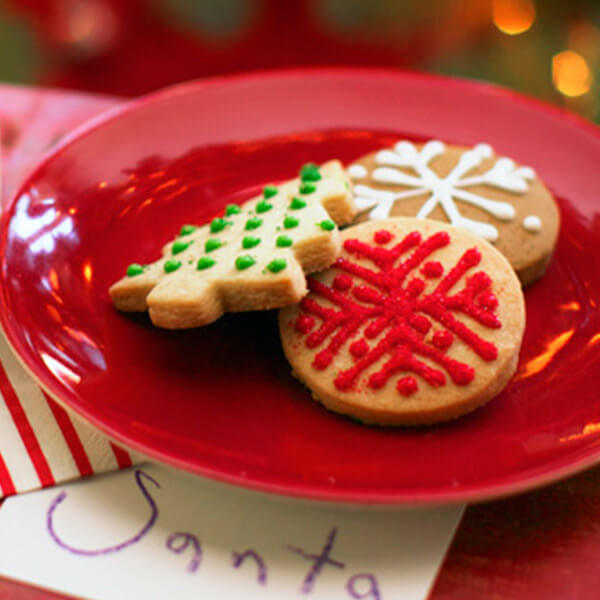
Although Christmas traditions begin in many different ways, they all have a few things in common: They bring people together, they mark the holiday as a special time and they’re fun. Whether you take part in the usual traditions of the holidays, or you make up your own, we hope you and the ones you love truly enjoy the season.
Here’s the history behind a few of our favorite Christmas customs.
Inspired? Create and share by tagging @hallmarkstores.
Leaving milk and cookies out for Santa
It makes sense to do this, of course. The guy travels all around the whole world on Christmas Eve, and that can really work up an appetite. But who first came up with the idea?
Long ago in western Germany, people decorated Christmas trees with apples, other fruits and cookies. Sometimes, after Santa visited, children would notice that he had eaten a cookie or two off the tree! Families realized that St. Nick got hungry on his journeys. They began leaving cookies out on a plate, along with milk to wash it down.
Not everyone leaves out milk and cookies. The English often treat him to a glass of sherry and a slice of mince pie. In Ireland, they often replace the sherry with a pint of Guinness. When Santa visits homes in Denmark, he sometimes finds a bowl of a special rice pudding waiting for him, and in Chile, he might get a slice of Pan de Pascua, a fruitcake made with nuts, spices and rum. It all sounds pretty delicious to us! Many families also leave carrots for the reindeer.
Hanging wreaths and garlands
Evergreen trees symbolized immortality and victory in many ancient cultures—Egyptian, Chinese, European, Greek and Roman. As part of Saturnalia, a festival that occurred at the winter solstice, Romans hung evergreen boughs and garlands to remind themselves that spring always triumphs over the cold. Many Christians adopted the practice for their celebrations of Christmas, decking their halls with boughs of holly, laurel and pine.
Christmas caroling
This is a less popular holiday activity than it used to be, but we hope it never goes away completely. After all, it has a long history.
The first carols were written and sung in Europe during the Renaissance era, but they had their roots in much older Christian hymns sung in Latin. Singing at people’s doors began as the English tradition of wassailing, when the wealthy would give money or treats to bands of visiting singers who wished them good fortune. Sometimes the singers could be demanding. You may have noticed this in the song “We Wish You a Merry Christmas,” in which the singers refuse to go away until they get some figgy pudding.
Wassailing wasn’t limited to the holiday season at first. However, in the 19th century, Christmas songs and the practice of door-to-door singing came together to create the tradition of caroling we know today.
Sending holiday cards
No matter what you may have heard, Hallmark didn’t invent this tradition! In the 1840s, England had a new post office system. Previously, only the rich could afford to send mail, but now, it was in everyone’s price range. A man named Sir Henry Cole thought this was pretty great and wanted to get the middle class to take advantage of it.
He got his artist friend to make a Christmas card that people could buy and send to their friends. The tradition caught on, and by the turn of the century, the practice had spread all over Europe and into the United States.
(While we didn’t invent the holiday card-sending custom, we offer a great selection of Christmas cards plus helpful tips to help you write a truly meaningful Christmas wish.)
Making gingerbread houses
In the 1600s and 1700s, professional gingerbread bakers in Europe were already making very fancy treats from wooden molds, decorating them with icing or even gold leaf. When German bakers started making gingerbread houses in the early 1800s, they were actually inspired by the evil witch’s tempting house in the fairy tale “Hansel and Gretel.”
As Grimm as that sounds, the creations became especially popular at the holiday season. Gingerbread-house making was too fun to leave to the professionals, and it soon became a popular family activity at the holidays.
Want to make your own? Check out our gingerbread house recipe, patterns and instructions.
Shop Christmas
See allYou may also like
See more-
Gifting The Office gifts and decor make WFH way more fun
From 9-5, our favorite show is The (Home) Office. 💼 📄 Add some fun to WFH with products and decor from The Office, av...
-
Summer Vegetable stamping: How to make simple, modern prints with produce
There are so many reasons to try fruit and vegetable stamping: It's surprisingly creative. It's easy. It uses stuff y...
-
Baby 40+ baby photoshoot ideas, tips and tricks from Hallmark photographers
You have the cutest baby in the world. There’s no contest. It’s not even a question. But what you might not have are ...
-
Christmas Step right up and see the Seaside Carnival Keepsake Ornament
Get ready for all the sights and sounds of Santa’s Seaside Carnival! Santa and Mrs. Claus are ready to greet visitors...
-
Friends Friendship messages: What to write in a friendship card
Whether it’s your friend’s birthday or just any old day, sending a card is a great way to bring a smile and nurture ...
-
Card Ideas 17 ideas for saving your favorite cards and letters
If you’ve got a shoe box full of old cards and letters, you’re definitely not alone. People have been stashing away m...
-
Birthday Free birthday coloring pages to add more fun to the celebration
The best birthdays are the ones filled with lots of little treats and fun activities, from sunup to sundown. If you’r...
-
Family Tips and ideas for preserving and displaying family recipes
Family recipes are a special kind of priceless heirloom—the kind that transport us back to our favorite times with ou...
-
Mother's Day Meaningful, personal Mother's Day gift ideas for every mom you know
It can be tough to come up with gift ideas for Mom. Most of us want to give her something meaningful: a gift that sho...
-
Father's Day Celebrating two dads on Father's Day: Tips and ideas inspired by real families
As a dad, I appreciate Father’s Day. Even though my family has never made a really big deal out of it, it’s always so...
-
Thank You 100+ teacher appreciation gift ideas to say “thanks for all you do!”
In 6th grade, my homeroom teacher made us illustrated, laminated bookmarks—each one a custom collage of our interests...
-
Christmas Dr. Finkelstein’s Lab Tree Topper
Fans of Disney Tim Burton’s The Nightmare Before Christmas, we have a frightfully fun new addition for your tree! Kee...
-
Graduation Graduation gift ideas for every level of education
My little brother starts kindergarten this year, and I’m already bracing myself for the tears—mine, not his. I know t...
-
Lifestyle Free printable When Calls the Heart Bingo card to celebrate the Season 11 premiere!
Who's ready for a Heartie Party? You know we are! So much so, we created a bingo card to add a whole extra layer of f...
-
Christmas Star Wars: A New Hope™️ Collection
You don’t have to travel to a galaxy far, far away to experience an epic adventure! Each stocking holder performs sce...
-
Christmas Wreath of Memories Keepsake Ornament
Get a special behind-the-scenes look at how Keepsake Artists Gregor Benedetti and Rob Stanphill collaborated on the d...
-
Christmas Howliday Helpers First in Series Keepsake Ornament
Do you want the inside scoop on an im-paws-ibly cute new series? We’ll throw you a bone—Keepsake Artist Sharon Visker...
-
Christmas Keepsake Ornaments ShowToppers Mini Collection
We’re so excited to introduce our new ShowToppers collection. Featuring three unique designs, each tree topper is int...
-
Christmas Keepsake Ornaments North Pole Village Table Decoration
Keepsake Artist Sharon Visker is here with a special delivery of Christmas magic! Hear how she brought this bustling ...
-
Christmas Harry Potter and the Chamber of Secrets™️ Storytellers Collection
Ready for a little magic? Featuring light, sound and real dialogue from the movie, Harry, Dobby, Ron, Hermione and th...


